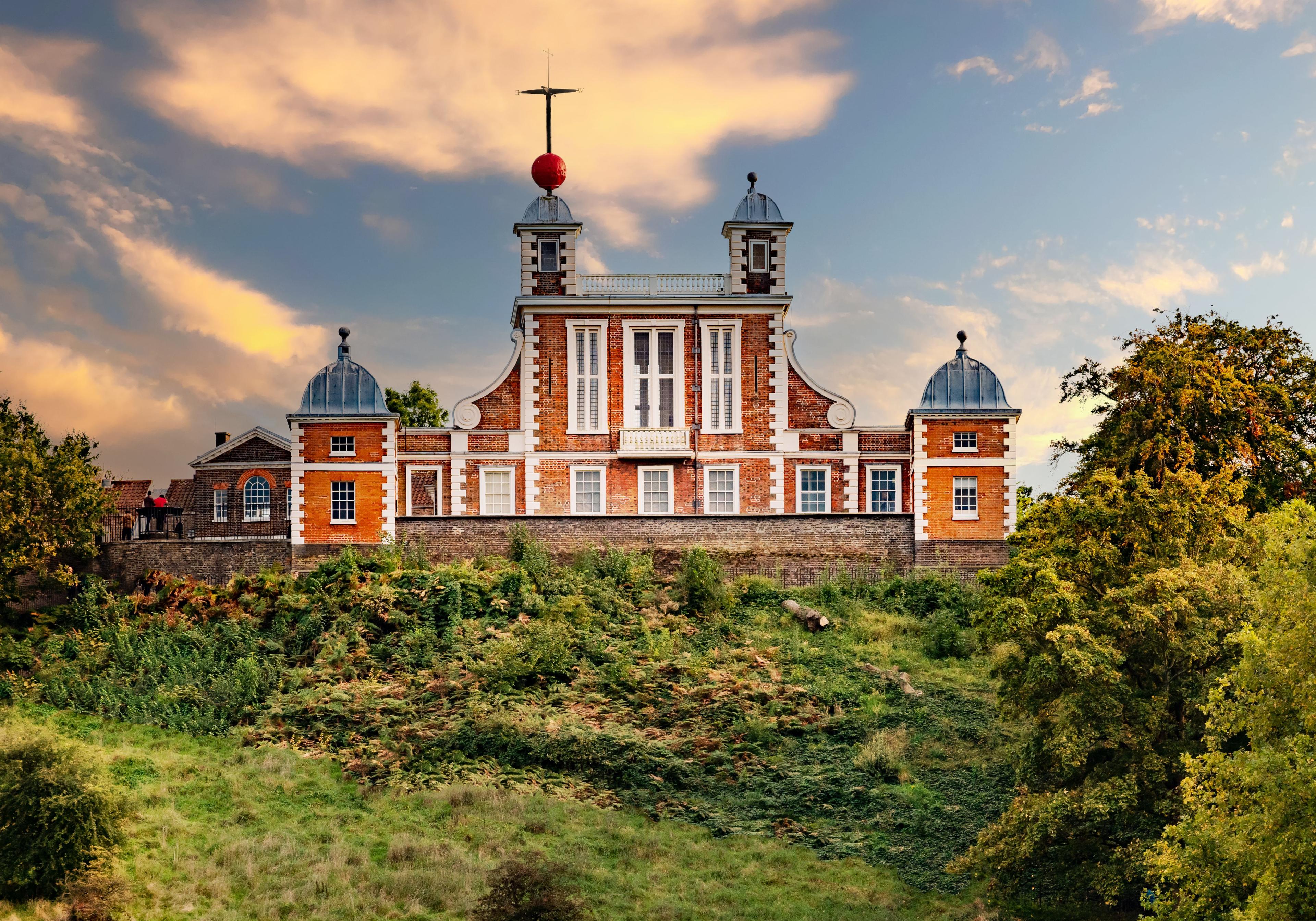In 1714 the race was on to solve the problem of measuring longitude at sea. A humble English carpenter rose to the challenge.
Was one of the most important breakthroughs in maritime science due to a childhood illness? The story goes that the inventor of the sea clock, John Harrison, was given a watch to play with as a boy while bedridden with smallpox. It’s said this began a fascination with horology that would endure a lifetime and lead to the solving of the problem of longitude.
This limitation of navigational science had prompted Charles II to build the Royal Observatory in Greenwich in 1675 – which celebrates its 350th anniversary this year. But it became a matter of urgency when the British Fleet lost four warships and its Admiral, Sir Cloudesley Shovell, off the English coast in 1707. Assessing a ship’s location north to south, latitude, could be determined from the position of the sun and the pole star, but longitude, the east-west position of a vessel, had no natural reference point to measure from and relied on time. An accurate clock was needed.
Finding a solution was paramount for the English Parliament, which passed the Longitude Act in 1714, concentrating minds with the irresistible offer of £20,000 – $4.5 million today – to the person who could invent a maritime clock that could consistently measure to the accuracy of half a degree of longitude, or 30 nautical miles. The English weren’t the first to offer a reward, however. The Dutch had promised a generous prize more than a century earlier. This being the age of empire-building, the Spanish, Portuguese, and Venetians had tried to throw money at the problem, too.
Harrison, by now a carpenter with a sideline in clockmaking, responded to the call in England. It became the quest of his life to solve the puzzle of a clock that could bear changes in temperature, humidity, pressure – and the salt in the air; Harrison spent nearly 40 years perfecting five generations of maritime timepieces. The best of his efforts kept time to around one-fifth of a second per day and, following the intervention of the monarch, George III, he was financially rewarded not long before his death in 1776.
Within the century these vital instruments were on all naval ships in Britain and the United States. Harrison’s invention is the grandfather of the marine chronometers still used to navigate the open ocean today.
If you’re heading for London before or after your next cruise, be sure to visit the Royal Observatory
